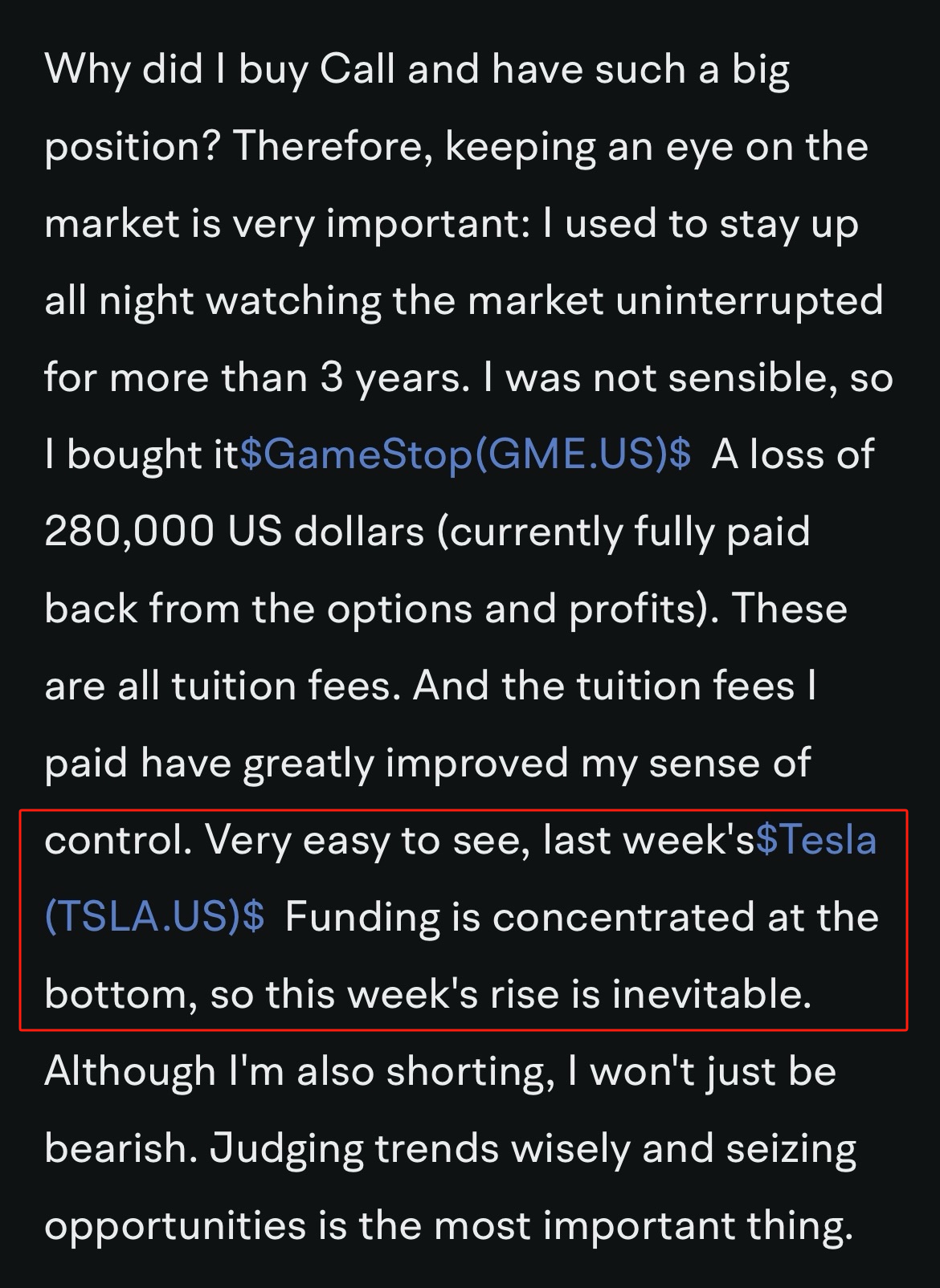Strike price at 140. Without delving into complex mathematical explanations, let me give you a sense. For out-of-the-money options, the intrinsic value is already low, so its time decay (Theta) is small. For in-the-money options, the deeper in the money you go, the more of your investment is allocated to intrinsic value (price differential), and although each contract is more expensive, the proportion of time value is relatively smaller, resulting in slower decay.


Nightwolf-moon : Your hot bby
OptionStrengthViewer : YAY